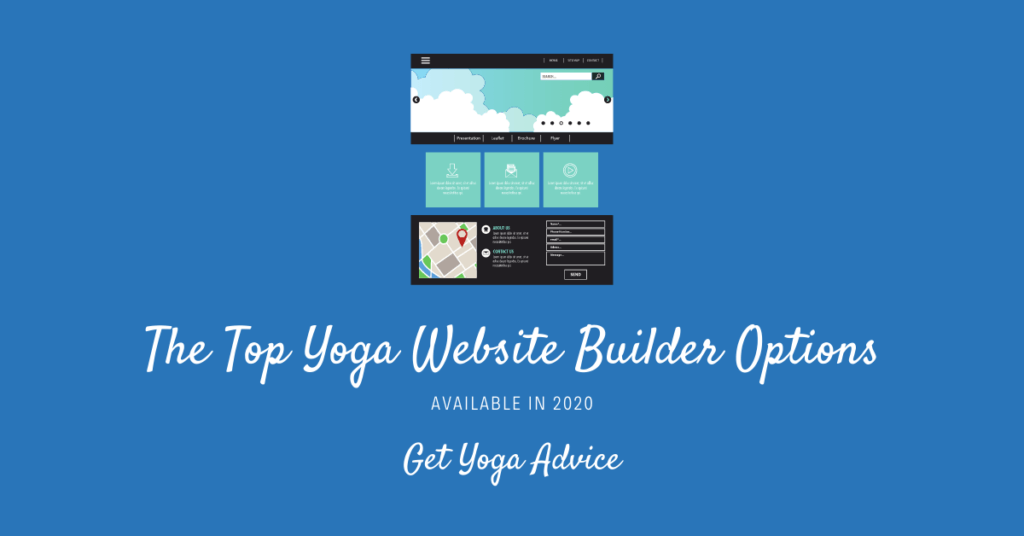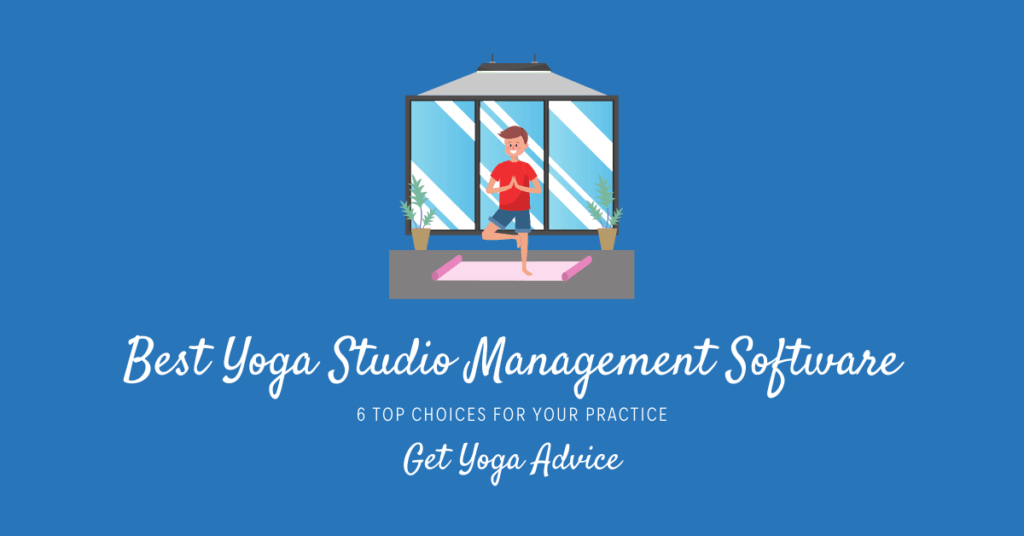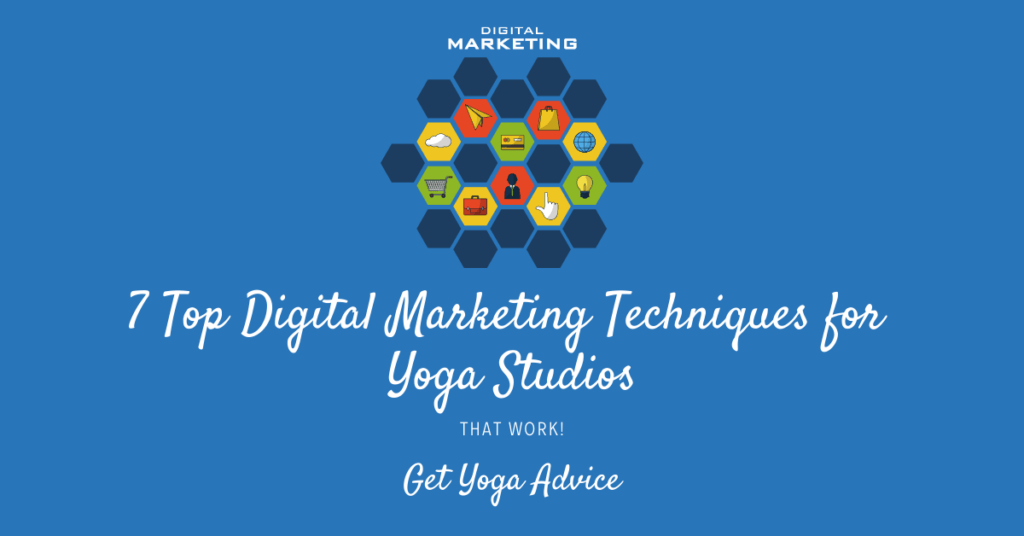Social media is a great way to get your business out there, and a lot of business owners think it’s enough. But to make the most impact, your yoga business needs its own website.
A website gives you a real internet presence and a chance to extend your branding. Best of all, you have complete control over what you’re putting out there and what it looks like.
Fortunately, setting up your own website is pretty easy thanks to many high-quality yoga website builders. Here are some things to consider when setting up your own website and six of the best yoga website builder options to give you the tools you need.
Contents
Do You Need a Yoga Website?
Yes! Having a real website dedicated to your business legitimizes it in a way that an Instagram or Facebook page doesn’t.
While you certainly need a strong social media presence, a website brings something else to the table. It makes your business feel more official and gives you a home base on the internet.
A website is an ideal place to present all the information you want out there – class times, prices, instructor bios, merchandise, and more – in a style that suits your brand.
Setting up your own website used to be pretty complicated. You had to know about servers and web hosting, and a few coding skills didn’t hurt.
Today, though, there are a lot of easy website building services available that make web design simple. Best of all, they’re affordable (some are even free) and can have you up and running pretty quickly. Check out these yoga email ideas to grow a loyal audience.
Domain Names

Before you can get started building your website, you need to register your domain name, which is essentially your business’s address on the internet.
Chances are the site builder you choose will do this for you. If you choose a free plan, the website building platform inserts its name into your URL, but most paid plans allow you to come up with a customized address.
Note that some website builders do require you to provide your own hosting.
Website Design Tools
Most of the popular site builders give you a lot of tools to put websites together, like custom widgets to integrate your social media accounts and SEO tools. Some may even offer a yoga website template or allow you to add a simple plugin or two. Most templates also automatically convert the site to optimize it for mobile devices.
After you choose a template, you can personalize it with your favorite fonts, colors, and images.
Set up your landing page with photos and text that make an impression on your visitors, and create other pages to introduce your business, post class prices and schedules, or start a blog to continue educating and communicating with your clients.
Monetizing Your Website
If you plan to sell memberships, merchandise, or classes through your website, some site builders have shopping services integrated into the design.
Sometimes, this is free, but most often, this is an upgraded feature you have to pay a little more for. Depending on which e-commerce platform you use, you can accept PayPal, debit, or credit card payments through your website.
You may not be thinking about setting up an online store right now, but take some time to think about whether or not this is something you want to do in the future. Are you planning to sell branded t-shirts, yoga mats, or towels? If so, choose a website builder that makes it easy to add this functionality later instead of having to start all over.
Best Yoga Website Builder
There are a lot of options out there to build your website. Here are a few of the most popular to help you decide which one is right for you.
1. Hostgator Website Builder
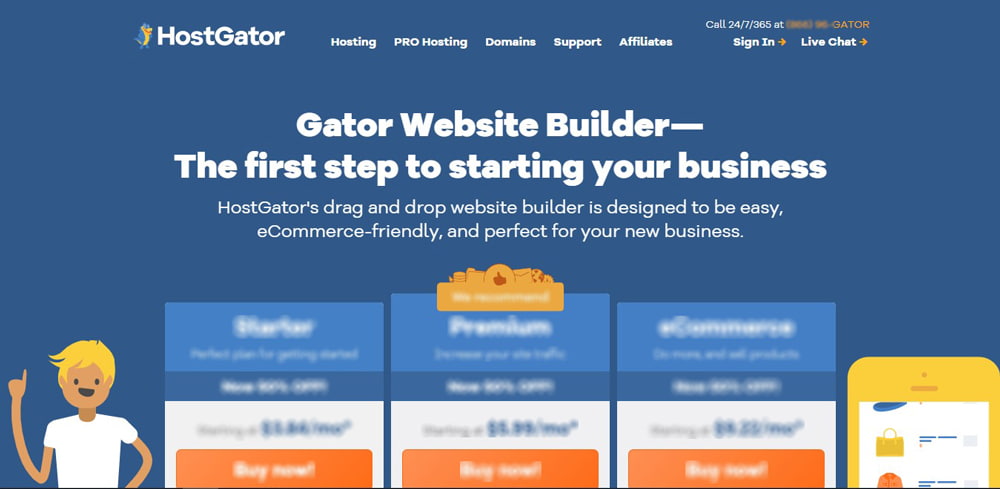
Hostgator is a pretty well-known web host, but it has a website builder that’s worth checking out, too.
It’s exceptionally affordable, and the starter plan comes with unmetered storage, unlimited pages, a year of free web hosting, a free SSL security certificate, and $200 worth of ad vouchers. Higher-level plans also allow you to add e-commerce.
One of the great things about Hostgator’s website builder is that it uses a simple drag-and-drop system so you can easily get the look you want. There are dozens of fully customizable themes, all of which are mobile-friendly, and you get analytical tools so you can see how well your site is performing.
Tech support is available 24/7 in multiple forms, including by phone and live chat.
This is a great choice for people who aren’t tech-savvy and are trying to make a professional-looking yoga website, but the one area where it’s lacking is in blogging features. That said, not all business owners want to integrate a blog into their business site, so this isn’t necessarily a deal-breaker for everyone.
2. Squarespace
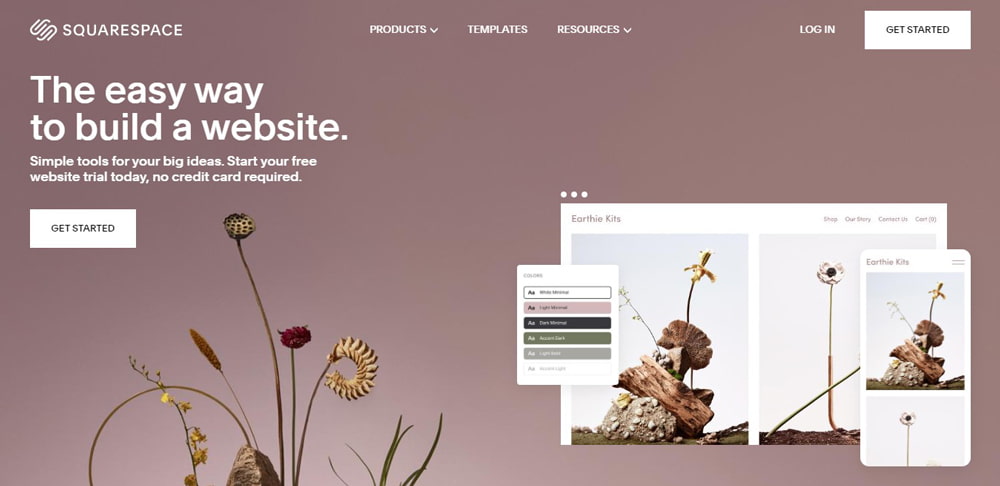
Squarespace offers plenty of great incentives, but it’s a little pricier than some of the other options. That said, even the least expensive plan includes lots of goodies, like an SSL security certificate, unlimited storage and bandwidth, image and video galleries, a web store, integrated blogging, and SEO support.
To say the templates at Squarespace are gorgeous is an understatement. They’re beautifully designed, and switching from one to another is seamless.
The site editor looks a little basic, but there are a lot of options for customization, you just have to know how to find them. This might be Squarespace’s biggest downside. It’s not as easy to use as some of the drag-and-drop editors, but it’s worth the time spent figuring it out.
3. Wix
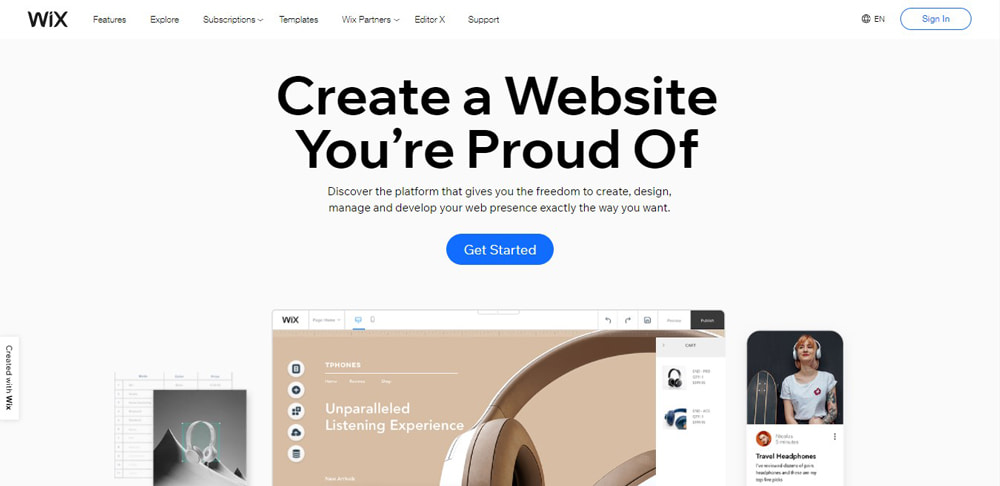
Another popular website builder is Wix. The free version includes limited storage and bandwidth. It also features Wix branding, which may be a bit of a turnoff for some businesses.
That said, it’s relatively affordable to upgrade to get rid of the Wix ads and get unlimited bandwidth and other bonuses, like a free domain and Google Ad credits.
There are more than 500 templates to choose from, and the drag-and-drop editors make personalization easy. There are all kinds of tools to tweak your site, including an image editor, video backgrounds, social buttons, animations, and an integrated blog.
Overall, this editor is very well designed and intuitive to use. Its biggest weakness is probably the sluggish tech support, but it’s still one of the best ways for someone new to web design to put together a gorgeous website.
4. WordPress
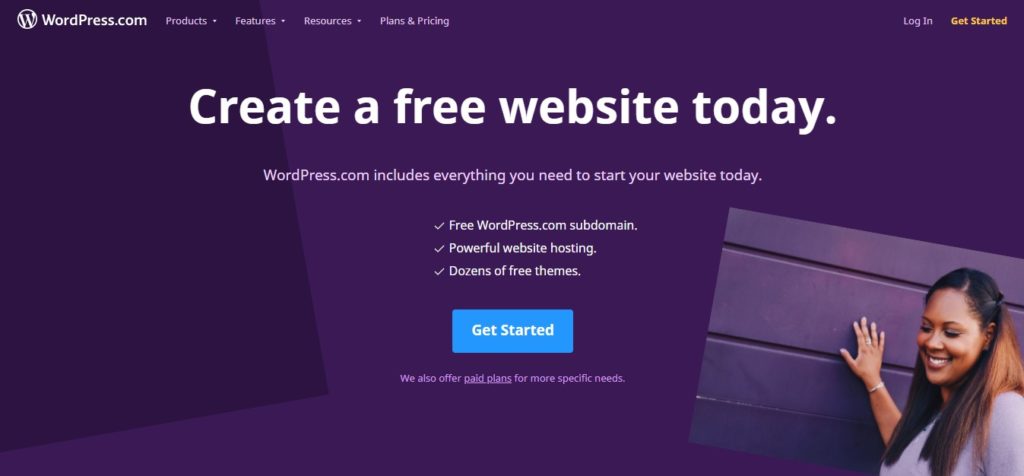
WordPress is one of the most well-known names when it comes to creating websites, but a lot of people don’t realize that WordPress.com and WordPress.org are two different things. Most internet-savvy business owners go for WordPress.org over WordPress.com.
WorldPress.org has just about everything you need, but you will have to find your own web hosting service. Luckily, WordPress.org is so popular, you won’t have any trouble finding one. If you go with WordPress.com, they host the site for you.
A WordPress website on either version is primarily blog-focused, though there are plenty of ways to expand. You can choose the WordPress theme that matches your vision, customize it with different colors, plugins, fonts, and photos, and even add e-commerce functions.
The downside is that, while they’re very popular, both versions of WordPress aren’t as easy to use as some of the other website builders available. That said, learning how to use WordPress is a bit of a marketable skill. About 30 percent of all websites on the internet use WordPress.
5. Weebly
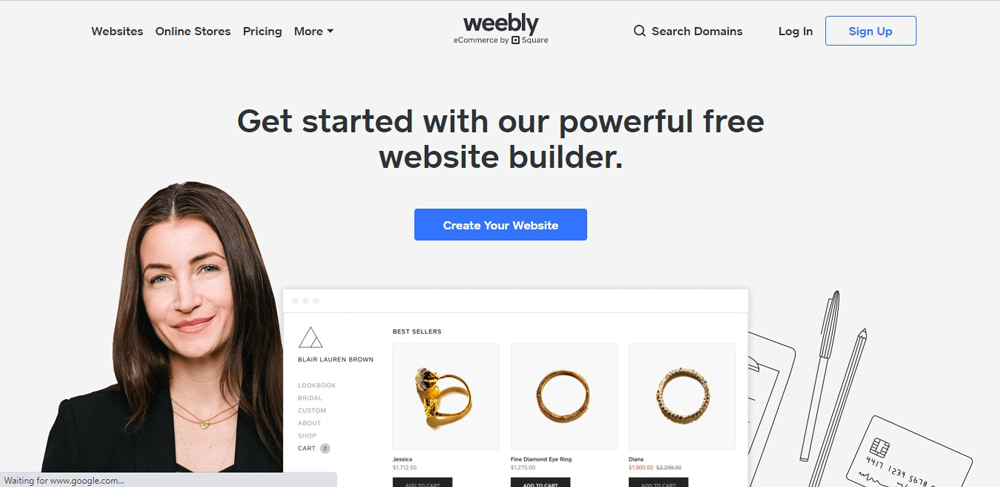
Weebly is another great choice, with a free plan to get you started. Its upgraded plans are worth a look, though. For example, the professional plan drops limits for ads and storage, gives you a free domain, and supports a small web store.
If you want more functionality for e-commerce, the business plan allows product reviews and discount codes.
The professionally-designed templates are stunning, and there’s so many to choose from, you’re sure to find the perfect look for your yoga business.
Although the drag-and-drop system is easy to use, the editor can be a little twitching and looks a little busy compared to some of the other options. Tech support is a little sluggish, but Weebly is still a great choice, thanks to the stylish templates and the number of free images available to use on your site.
6. 1&1 IONOS MyWebsite
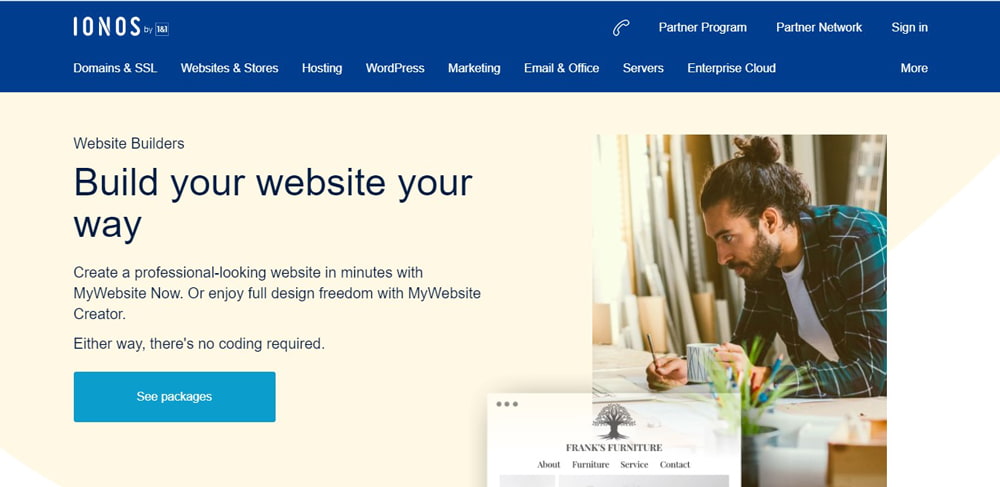
If you’re willing to spend a little more, check out 1&1 IONOS MyWebsite. This web site builder uses a powerful drag-and-drop editor that’s loaded with professional features and gorgeous templates. There’s no free plan, though, so it’s a bit of a commitment right from the start.
The basic paid plan comes with unlimited pages and space, an integrated blog, backup and restore, and some SEO support.
Where this web builder really impresses is with its wide variety of templates. You can make a lot of adjustments, and the interface is easy for beginners. Those with some experience can dig around a little more and really customize even small details.
Final Word on Yoga Website Builder Options
If you’ve been thinking about creating a website for your yoga business, what are you waiting for?
A website is the best way to take control of your business’s online presence and create a space that tells current students and potential clients exactly who you are and what you stand for. As a yoga professional, it’s important to put yourself out there.
Social media pages like Facebook and Instagram are a great way to attract attention, but a website allows you to set things up your way instead of being limited by the platform.
Building a website used to be a little overwhelming, but there are a lot of web builders available today that make the process simple. You don’t have to know how to code to get started. All you have to do is sign up for an account and spend some time getting to know the interface of the page builder you like.
Choose a template that suits the feel of your yoga studio, and you’re well on your way. We have recommended six of the best website builders available to help get you started on your yoga website design. Take a look at the plans that each has to offer to get a better idea of which one is right for you.

